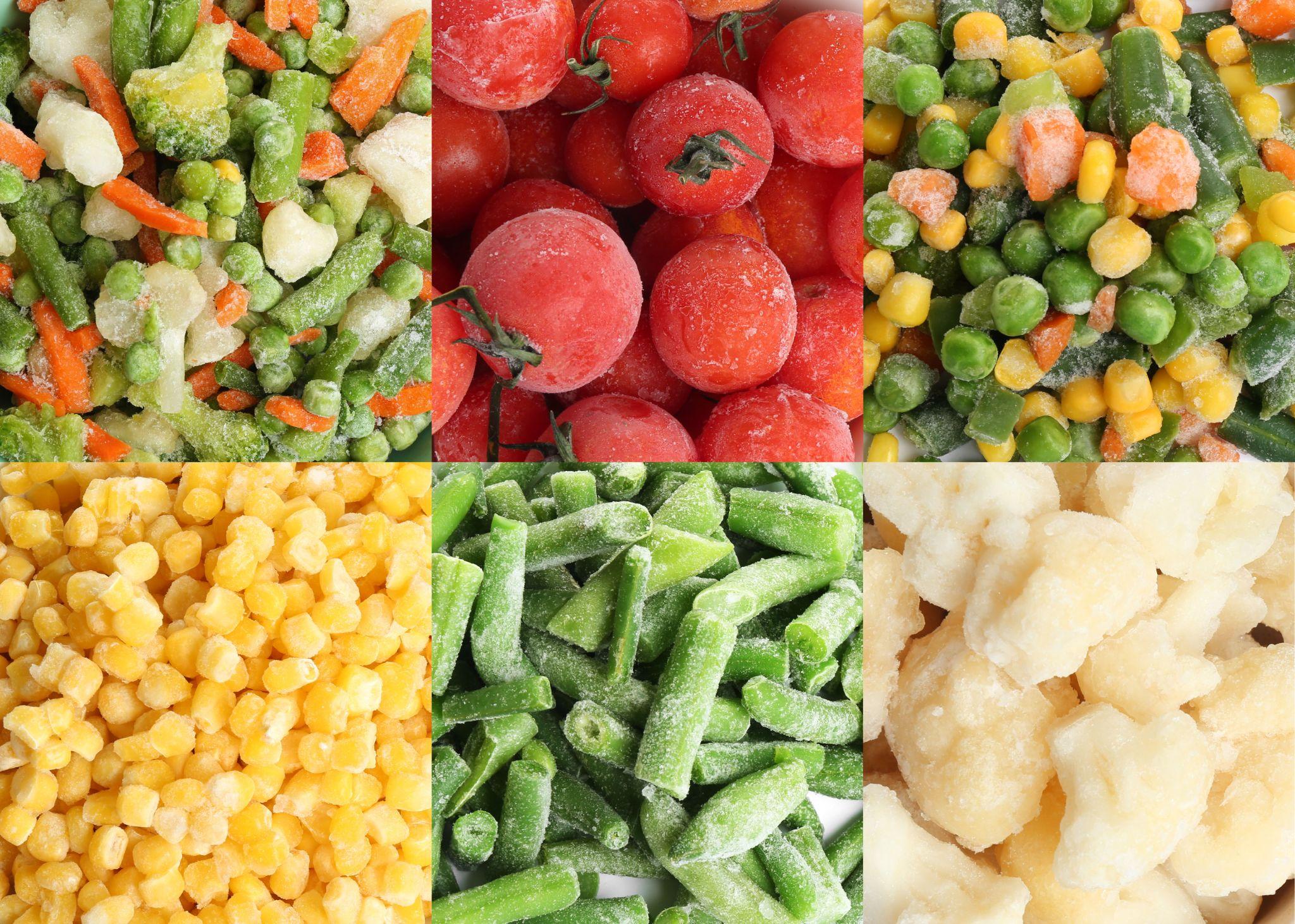
Proper food storage is essential to maintaining the quality of food until it is ready to be used in a home or business. Allowing perishable food to spoil not only adds to food waste but puts our families and communities at risk for foodborne illnesses. The costs to businesses also includes repair of equipment, cleaning services, and the cost of restocking spoiled food.1
Identifying these costs and developing strategies to keep food fresh and safe in school cafeterias was the focus of a recent study at Baltimore City Public Schools by the department of Food and Nutrition Services.1 Implementing digital tracking tools across roughly 175 schools in the Baltimore area has led to modernization of food safety practices in the industry.
1. Follow Food Storage Fundamentals
Proper food storage protects product freshness and helps prevent food borne diseases, but unless the status is being tracked and monitored, refrigerated foods or fresh produce can be wasted out of an abundance of caution. For example, in 2020, the FNS staff logged 120 service requests, many causing all refrigerator and freezer contents to be discarded due to food safety concerns.1 Cleaning costs in cases of spoilage topped $22,000 dollars in that six-month period.
- Raw meat, poultry, dairy, and seafood require immediate refrigeration and should be discarded if they sit for two hours or more at room temperature or after one hour if the room temperature is above 90¡ F.
- Distribute foods in the refrigerator and freezer evenly, with space between them, so that they chill quickly and stay at an even temperature.
- Keep raw foods separate from cooked foods or fruits and vegetables at all times.
- Digitally monitoring temperatures will alert to malfunctions sooner and prevent discarding food items that stayed at safe temperatures during equipment malfunctions
2. Remember Refrigerator Rules
Refrigerators should be kept at or below 40¡ F (4¡ C). Maintaining and monitoring refrigerator temperatures is essential to preventing spoilage and is often overlooked when the appliance appears to be running normally.
In Baltimore, the FNS installed wireless temperature sensors from ComplianceMate in 43 refrigeration and freezer units in 13 Baltimore schools. Safe temperature ranges were defined and a food rescue plan was put in place. Early warning of temperature incidents in a test period of three months allowed the operations team to request repairs earlier and transfer inventory before spoilage could occur.1
- Monitor refrigerator temperatures with a wireless temperature monitoring system in food retail stores, cafeterias, and restaurants.
- Thaw frozen meats in the refrigerator and marinate foods in the refrigerator rather than on the countertop, to slow the growth of bacteria.
- Keep foods covered, in sealed containers, or in plastic bags to prevent cross-contamination.
- Use real-time alerts to respond to food safety emergencies and protect inventory, saving on spoilage cleanup and the cost of replacement inventory
3. Focus on Frozen Foods

Freezers should be kept at 0¡ F (-18¡ C) to best preserve the quality of frozen foods. Freezing does not kill bacteria, but it prevents it from growing. Storing food in the freezer keeps it safe indefinitely, but the quality still declines over time.
In the successful test of the ComplianceMate remote monitoring system in Baltimore, alerts to rising freezer temperatures helped staff respond to failures that occur after hours or on the weekends in time to rescue frozen food stores. Weather-related power outages and equipment failures are a problem across the food service industry, but monitoring and tracking data during shipment and storage can help guarantee the safety of frozen foods.
4. Store Staple Foods Safely
Just because some foods don’t require freezing or refrigeration does not mean they keep their quality without proper storage. Protecting stored items that are not in a refrigerator or freezer from contamination, pests, and loss of nutrients is also vital to food quality. Tracking inventory accurately, knowing the age of staple products, and making sure they are stored properly protects the taste of meals served.
- Staple foods like flour, sugar, salt, yeast, and other dry goods should be stored in a cool dry place. Use sealed containers or storage bags to maintain their taste and freshness.
- Store all non-perishable foods away from cleaning supplies and chemicals.
- Track arrival of shipments, use by, best buy, or expiration dates and use older stock first.
- Most staple items are still safe after their best by date, with the exception of baby foods and formula, which should be discarded on their “use by” date.
5. Plan for Power Outages
Weather-related power outages are another major driver of waste in the food service industry and in the Baltimore study in particular.1 While power outages may not be prevented, knowing how high the temperature climbed in your refrigerators and freezers will help you make cost-effective decisions about what to throw away.2
- Keep appliance doors closed as much as possible during a power outage.
- An unopened refrigerator can hold food safely for about four hours or two hours after the interior temperature rises above 40 degrees.
- A full unopened freezer can stay below freezing for about 48 hours. If food begins to thaw or reaches 40¡ F, it should be refrigerated and used quickly, not refrozen.
Professional Food Storage Protocols
The Baltimore City Public Schools research has shown that installing temperature and humidity sensors saves their cafeterias money in staff time, cleaning costs, and restocking costs in almost every application.1 If you want to know more about safe food storage in the food service industry, contact ComplianceMate today for up-to-date professional food storage protocols and technological tools that protect your business and brand reputation.
Sources:
- https://www.nrdc.org/sites/default/files/technology-food-waste-baltimore-schools-cs.pdf
- https://www.fda.gov/consumers/consumer-updates/are-you-storing-food-safely


